Humans and loss of natural habitat have become the greatest threats to all species of pollinators. Due to agricultural practices, urban development and land fragmentation, pollinators have lost their once widespread homes.
Three-fourths of the world’s flowering plants rely on pollinators to reproduce. The loss of habitat decreases pollinator populations, which in turn reduces the flowering plants, creating a vicious cycle.
Luckily, even though humans have started this problem, we are the ones who can reverse it! Read these five easy tips on how to help bring back pollinator habitats with your very own pollinator friendly garden.
Plant native wildflowers
Not every flower in your garden provides the nectar or pollen nutrients pollinators need due to being bred by humans. Planting native flowers is important so the native pollinators in your backyard can find the plants they recognize. The best part is you don’t even need to have a green thumb to keep these plants alive as native wildflowers are low-maintenance and easily adapt to local conditions.
Here are a few of the top picks to choose from:
- Milkweed - the only food choice of caterpillars that turn into Minnesota’s state insect, the Monarch butterfly
Purple Coneflowers - a bright pink addition to your garden and attractive to all pollinators.
Black-Eyed Susan - an amazing source of pollen and nectar for all pollinators.
Meadow Blazingstar - the prefered plant of many butterflies and hummingbirds; Monarchs stock up on this plant’s nutrients before making the long migration to Mexico for overwintering.
New England Aster - this bright purple flower is a favorite to all pollinators and is the host plant for the caterpillars of Crescent butterflies.
It is most efficient to plant flowers that bloom in different seasons, providing nutrients year-round. For more options and and season specific flowers check out the Minnesota Zoo’s resources.
Avoid using pesticides
Harmful chemicals have been found in pesticides that hurt even the helpful insects. Neonicatinoids have been found to be one of the most toxic and is a leading cause in the bee population decline, but it is still the most used pesticide in the world.
One study done by Penn State University found that for every load of pollen a honeybee brings back to the hive, it also brings back six of these harmful toxins with it. This means it is getting into the honey, and ultimately back to us.
The plants that you purchase from the shop that have already bloomed almost always have these dangerous chemicals in them. The only way to guarantee your garden doesn’t have any of these toxins is to germinate your own seeds, or find a seed nursery who is neonicatinoid-free. Make sure to ask your supplier before purchasing!
See the natural beauty in dandelions and clovers
Yes, they may hold the taboo of being weeds, but weeds aren’t always a bad thing! Let your lawn live a little, and soon yours will be the most beautiful on the block full of pollinators coming to get a tasty snack. Dandelions are the first flower available for bees when they come out of hibernation, giving them a rejuvenating boost of nectar after the long winter. Check out the University of Minnesota Bee Lab’s guide on how to have a flowering lawn.
Leave open areas for ground nesters
Contrary to popular belief, most pollinators actually create their nesting sites in soil or sand.
85% of bees are solitary and create their nests in either the ground or old wood; create your own solitary bee hotel by drilling holes in wood (follow these guidelines).
- Forget the mulch and leave some natural debris such as old leaves or logs to help facilitate the reproduction cycle of pollinators!
Butterflies often lay their eggs at the base of the caterpillar host plant or under lawn debris such as leaves.
Learn how you can provide a winter home for pollinators!
Provide water
When attracting all of these pollinators to your new garden, don’t forget to provide them a pitstop for the journey. A bird bath with some stones in it for them to land on will do and will be much appreciated by all pollinators.
Following these five tips is easy and well worth the effort. Soon you will be contributing to not only to the native pollinator population, but also restoring native prairies and putting an end to the vicious cycle of loss of habitat. Get ready for all your neighbors to comment on your beautiful garden and don’t forget to share these tips with them to continue the education and create a wave of impact to coexistence with pollinators.
Taylor Heid, a speaker at the Wild Paws Forum: Pollinators and Bats, graduated from Minnesota State University, Mankato with a Bachelor’s of Science in Zoology. She also created a Bee Friendly Campus initiative at her University. Taylor currently contributes to the Wild Paws blog and has worked with animals her whole life. Her discussion at the forum was around the bee crisis and what we can all do to help the bees and other pollinators in our own backyards.
Show your support for Wild Paws' mission of rescuing and providing a safe habitat for wild animals using sustainable resources, promoting coexistence between humans and wildlife, and educating the public about the preservation of wild animals and their ecosystems.
References:
"Arboretum Rental Information." Arboretum Rental Information - Please e-mail or call Sam Warburton at (507) 933-6181 for availability. | Linnaeus Arboretum. N.p., n.d. Web.
"Flowering Bee Lawns." Bee Lab. N.p., 04 May 2016. Web.
Make a Bee Hotel - The Pollinator Garden. N.p., n.d. Web.
"Plant for Pollinators!" Minnesota Zoo. N.p., n.d. Web.
"Ten things you can do to help bees." Queen of the Sun What Are the Bees Telling Us RSS. N.p., n.d. Web.
"What to Plant." Minnesota Zoo. N.p., n.d. Web.
"The Xerces Society." The Xerces Society. N.p., n.d. Web.



